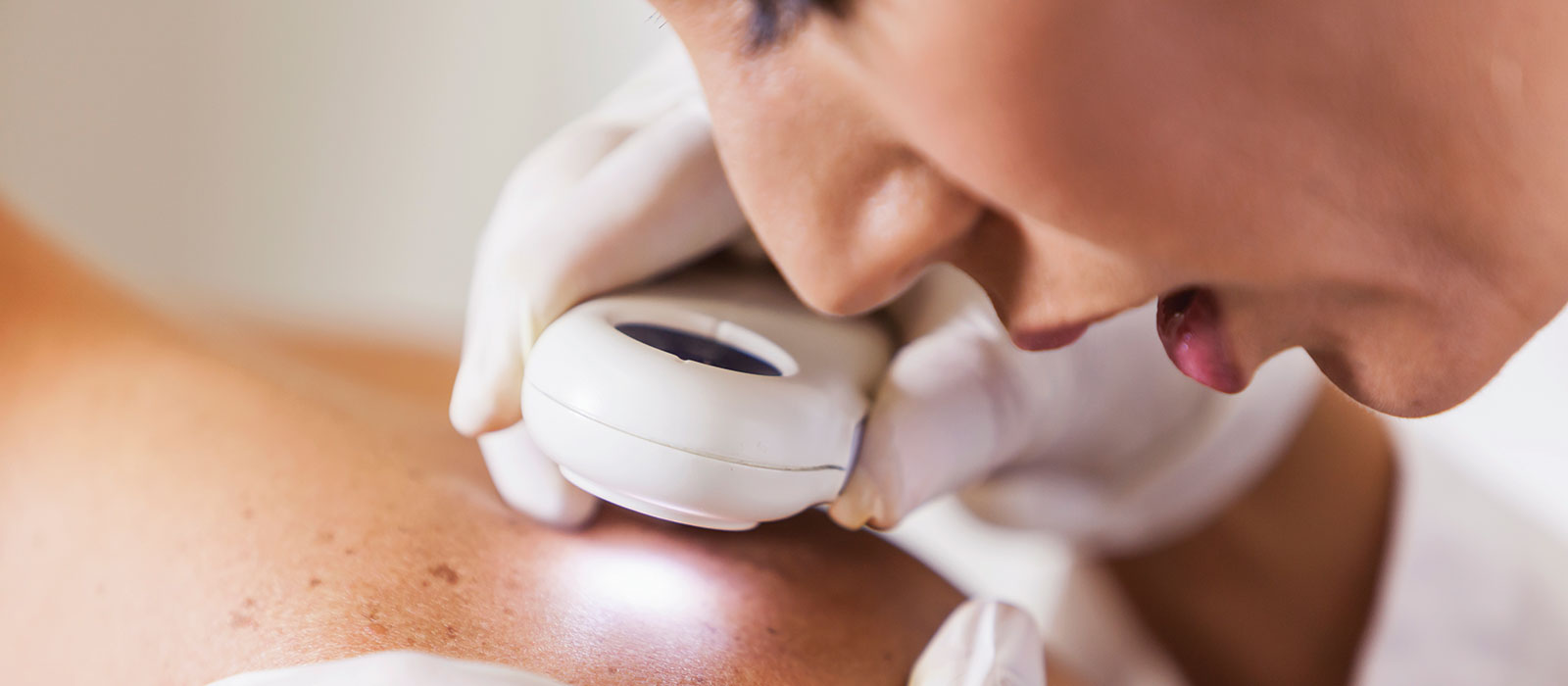Melanomas that resemble seborrheic keratosis (SK) can be challenging to diagnose correctly.
SKs are often removed without being evaluated dermascopically or sent for pathologic analysis, risking the possibility of missing a diagnosis of SK-like melanoma. A new study published in JAMA Dermatology outlined the key dermascopic clues that clinicians can use to identify SK-like melanomas to prevent treatment delays and achieve the best patient outcomes.
The researchers conducted an observational study of 134 cases of histopathologically proven SK-like melanoma that two dermascopy-trained observers retrospectively reviewed. Based on clinical descriptions and 48 dermascopic, melanocytic, and nonmelanocytic criteria, they correctly identified 82% as clinically SK-like melanoma. Of the samples, 55% showed pigment network, 54% had blue-white veil, 51% globules and dots, 35% pseudopods or streaks, and 32% blue-black sign. Dermascopy showed that the remaining 18% of cases were likely SKs, instead of the correct diagnosis of SK-like melanoma.
A multivariate analysis found that the blue-black sign was significantly associated with a correct diagnosis of SK-like melanoma, whereas hyperkeratosis was an independent risk factor to misclassify the diagnosis. Other helpful criteria in correctly diagnosing SK-like melanoma were blue-white veil, pseudopods or streaks, and pigment network.
The researchers recommended the use of dermascopy to identify melanocytic features of presumed SK lesions presenting with these criteria. Additionally, the researchers recommended dermacopic evaluation of all lesions found on patients with a history of multiple SK lesions.
Seven-Point Melanoma-Specific Dermoscopic Checklist
Scores greater than or equal to 3 are melanoma; scores less than 3 are nonmelanoma.
| Criterion | Definition | Histopathologic Correlates | Seven-Point Score |
|---|---|---|---|
| 1. Atypical pigment network | Black, brown, or gray network with irregular meshes and thick lines | Irregular and broadened rete ridges |
2 |
| 2. Blue-whitish veil | Irregular, confluent, gray-blue to whitish-blue diffuse pigmentation | Acanthotic epidermis with focal hypergranulosis above sheets of heavily pigmented melanocytes in the dermis | 2 |
| 3. Atypical vascular pattern | Linear-irregular or dotted vessels not clearly combined with regression structures | Neovascularization | 2 |
| 4. Irregular streaks | Irregular, more or less confluent, linear structures not clearly combined with pigment network lines | Confluent junctional nests of melanocytes | 1 |
| 5. Irregular pigmentation | Black, brown, and/or gray pigmented areas with irregular shape and/or distribution | Hyperpigmentation throughout the epidermis and/or upper dermis | 1 |
| 6. Irregular dots/globules | Black, brown, and/or gray round to oval, variously sized structures irregularly distributed within the lesion | Pigment aggregates within stratum corneum, epidermis, dermo-epidermal junction, or papillary dermis | 1 |
| 7.Regression structures | White areas (white scar-like areas) and blue areas (gray-blue areas, peppering, multiple blue-gray dots) may be associated, thus featuring so-called blue-whitish areas virtually indistinguishable from blue-whitish veil | Thickened papillary dermis with fibrosis and/or variable amounts of melanophages | 1 |
Note. Based on information from http://www.dermoscopy.org/consensus/2d.asp.






